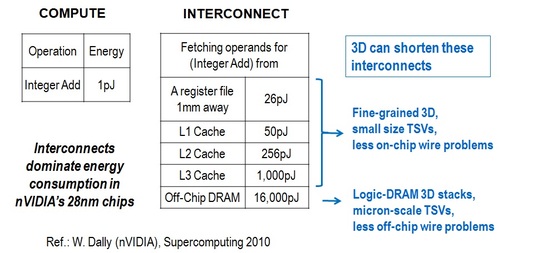Some Radeon HD 7870 (
[FONT=verdana,geneva]Pitcairn[/FONT]) info. Looks like 130W for the full board (almost 100W for the 7850).
212mm^2, 2.8B transistors, 1GHz clock, 256bit bus, 1280 stream processors, 80 TMUs, 32 ROPS, 2GB 1.2GHz memory (153.6GB/s), etc the 7850 is 860Mhz and same memory. Adverted power is 175-190W and 130-150W (2nd power tune) but this link from Dave B caught my eye:
Pretty impressive performance given the power envelope--I am curious how much memory power draw also plays into this. I do wish more people would offer some more settings in these reviews, e.g. BF3 with MSAA and w/o (ditto MSSAA+FXAA) would be nice. They mention 4xMSAA easily sucks down a ton of performance ("
[FONT=verdana,geneva]4xA MSAA will cost you almost a third to half your framerate")[/FONT], so at 39fps for the 7870 at 1920x1200 does that work out to an average closer to 50fps or 60fps?
http://www.guru3d.com/article/amd-radeon-hd-7850-and-7870-review/1
http://www.guru3d.com/article/amd-radeon-hd-7850-and-7870-review/21
http://www.guru3d.com/article/amd-radeon-hd-7850-and-7870-review/24
Anyhow, I thought it was interesting info. If consoles launch on 28nm (with no goal of a fast shrink to accommodate excessive launch power budgets) it would be hard to expect a lot more than an HD 7870. It basically fits the size and the TDP.
Maybe a better memory arrangement (stacked memory? see old SA AMD future GPU nugget) and some maturing/reworking over the next couple years allowing a slightly larger die and architectural evolution, but at < 250W on the 28nm node I think it is safe to say that a console using such isn't going to dwarf a 7870 in raw specs. Definitely possible we could/would see something better but nothing that blows it away unless budgets really changed.
The pricing strategy of AMD right now (pegging closely to NV) with the 2GB 7850 coming in at $249 retail (and you know AMD, the manufacturers, and retailers are all getting solid cuts on AMD's current line up), and based on the size of the die, are good indicators also that this sort of chip should fit into a console budget.

